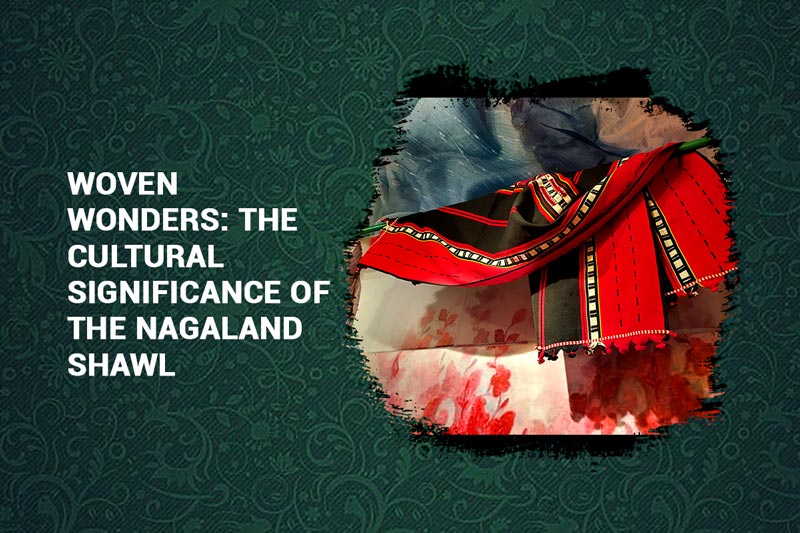
Woven Wonders: The Cultural Significance of the Nagaland Shawl
The practice of making shawls is deeply embedded in Naga culture, with each shawl reflecting the distinct customs, beliefs, and skills of its tribe. Nagaland Shawls have been traditionally woven by talented artisans for many years, using traditional methods taught within families and communities.
Each Nagaland Shawl showcases the cultural heritage and artistic sensibilities of its makers, from the vibrant colors of the Angami tribe to the intricate designs of the Ao tribe. The shawls function not just as practical articles of clothing for keeping warm, but also as representations of status, identity, and cultural pride. Nagaland Shawls are carefully made with great attention to detail, with artists sometimes taking weeks or months to weave complex designs and patterns into the material. Shawls are made using traditional looms, hand-spun yarn, and natural dyes from local plants and minerals to guarantee authenticity and sustainability in the production process.
The Nagaland Shawls’ patterns are varied, reflecting the different tribes of origin, where each design holds its unique symbolic and cultural value. Typical elements consist of animals, birds, geometric patterns, and traditional Naga symbols, all enriched with multiple layers of cultural, spiritual, and aesthetic meaning. The shawl has a unique significance in Naga culture, representing one’s identity, ancestry, and connection to the community. Nagaland Shawls are utilized in significant ceremonies, festivities, and social events, functioning as indicators of tribal association, societal standing, and individual identity.
In Naga culture, it is a customary practice to exchange shawls as a symbol of friendship, hospitality, and mutual respect. Shawls are given as gifts during traditional ceremonies like weddings and feasts, to show respect to guests, build partnerships, and enhance social connections.



